
“Pretty Youth is a cinematic narrative project shot on 35mm cinestill film in the autumn of 2016, adapted from an original script and directed and shot by Glashier.”
Excerpts from a interview about the project & selected photos.
Q: So you’ve been shooting analogue for 3 years now, how did this Pretty Youth begin, where were you at the start of this project?
I always end up with people talking about my work being cinematic and I think that’s just due to my background of making music videos and being more interested in film than photography I suppose, but the more I looked at my work at the beginning of 2016 I began to like it less, it lacked so much for me, it was just people staring off into the distance with some nice light or something and I wasn’t really understanding what is was that people liked in it.
So I wanted to put more into, but I didn’t know what ‘more’ was. I spent 2016 pretty much not shooting, I’d moved to Berlin and maybe I had too many ideas I wanted to do, so I just stopped shooting and just tried to work out what was going on really, but stopping shooting didn’t help, I was still working in my head and creating images in my head and having ideas with no real purpose and the longer this went on the worse I felt and I couldn’t find my way back.
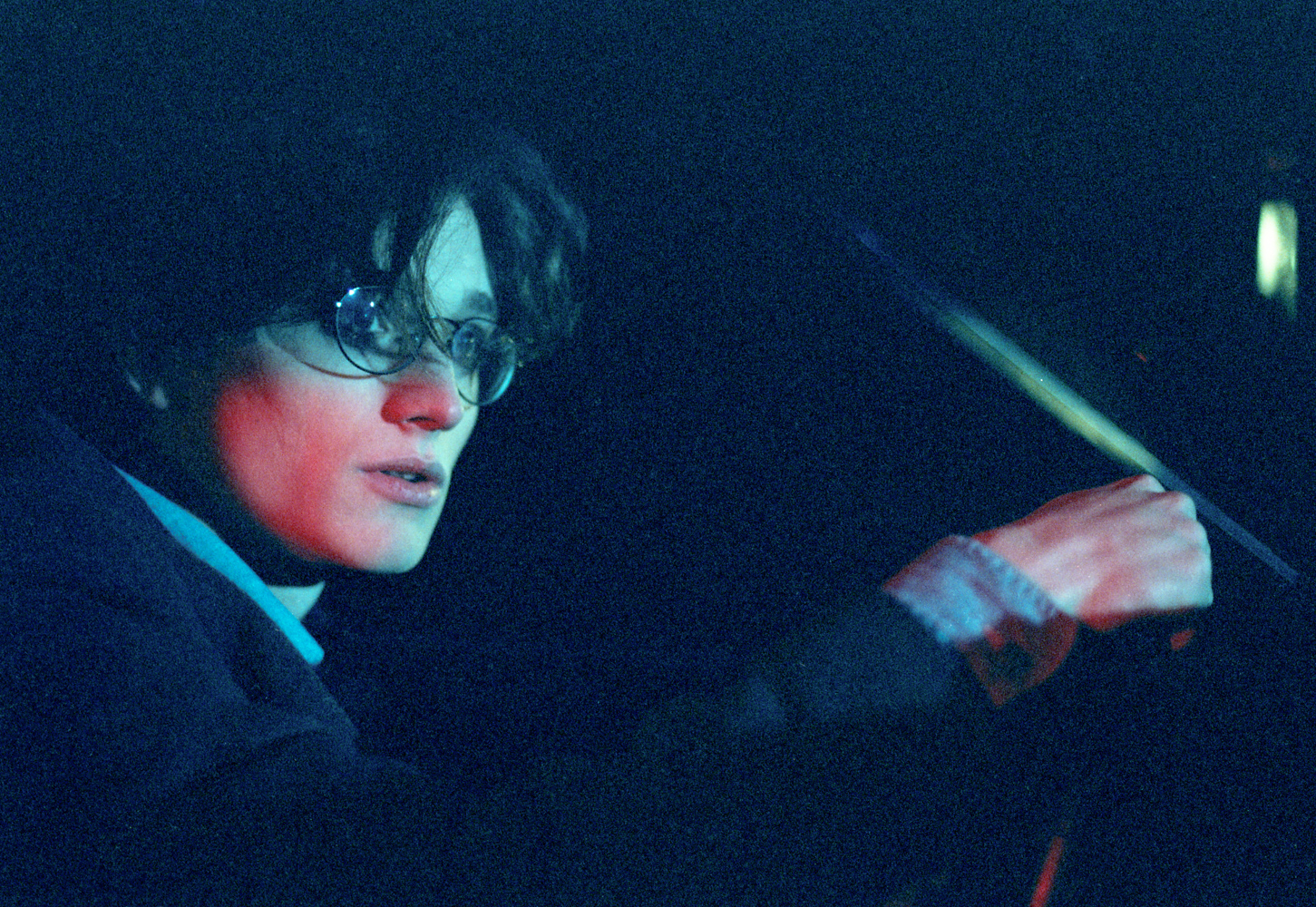
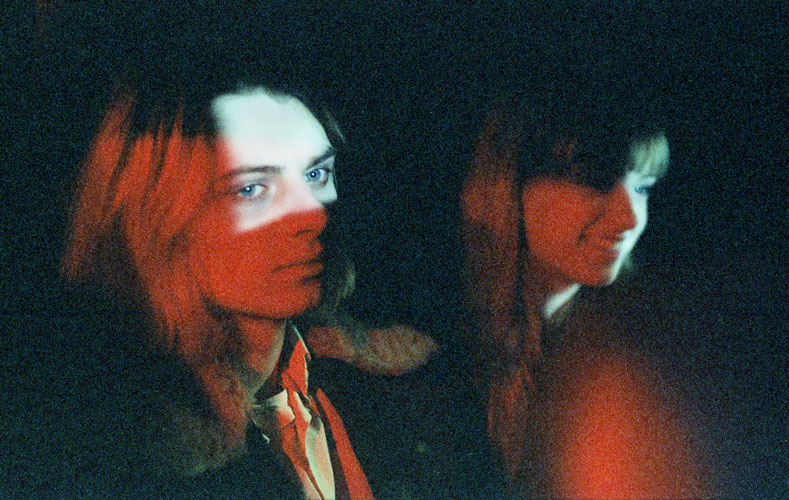
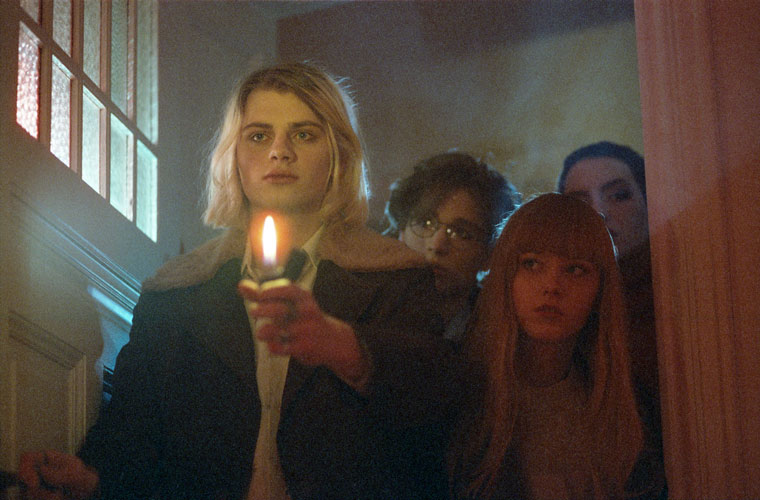
Q: So what changed?
So knowing I wanted to put more in my images I came up with an idea for something more conceptual, something that would give me a basis for a narrative. I already had a short film I hadn’t made, a script called Pretty Youth, and I thought I would shoot an adaptation of it in stills.

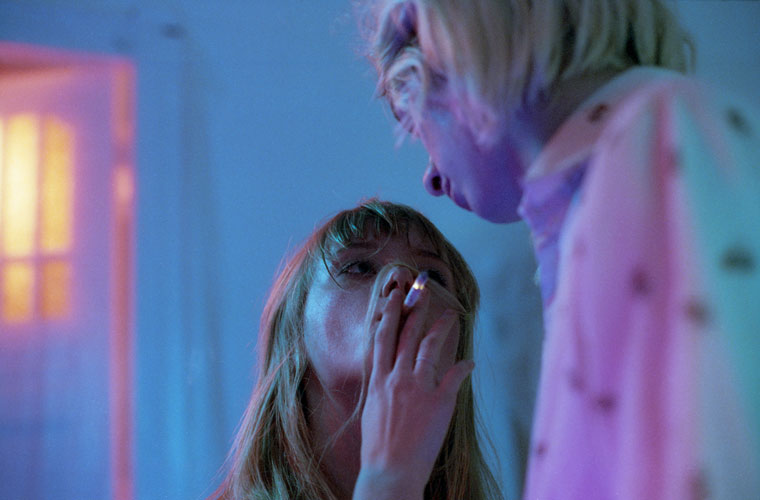
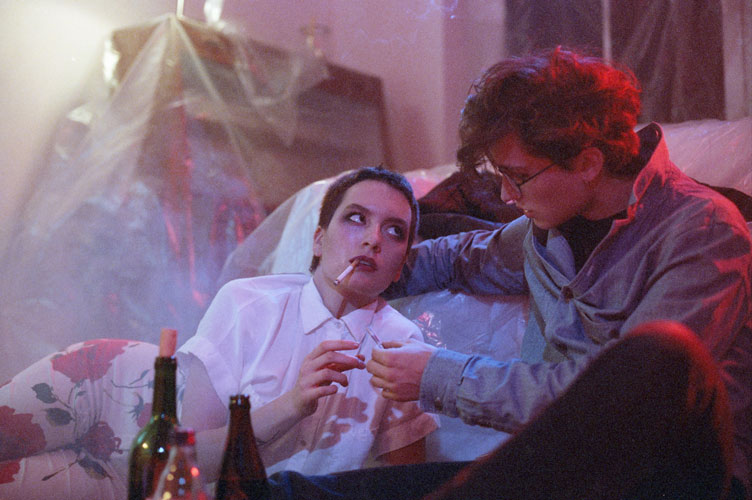 I suppose it is my first personal project, everything before is single images, it fulfils a lot of the things I’ve been thinking about and I believed in it enough to just go for it. So quite late in the year, October, I set about putting this together and reducing it to what I felt the story could be, with enough images that would lead you through the story, I put it together in the cheapest way I could, with a tiny crew, a bunch of Dedo lights and just two days to shoot.
I suppose it is my first personal project, everything before is single images, it fulfils a lot of the things I’ve been thinking about and I believed in it enough to just go for it. So quite late in the year, October, I set about putting this together and reducing it to what I felt the story could be, with enough images that would lead you through the story, I put it together in the cheapest way I could, with a tiny crew, a bunch of Dedo lights and just two days to shoot.
The film was originally written in the summer and so it was very very different, now I’m doing it in the middle of winter in a flat, so I have to change a lot of context and that sort of thing but I just keep pushing ahead, anything like this is a lot of work so you have to push past everything that tells you you shouldn’t.

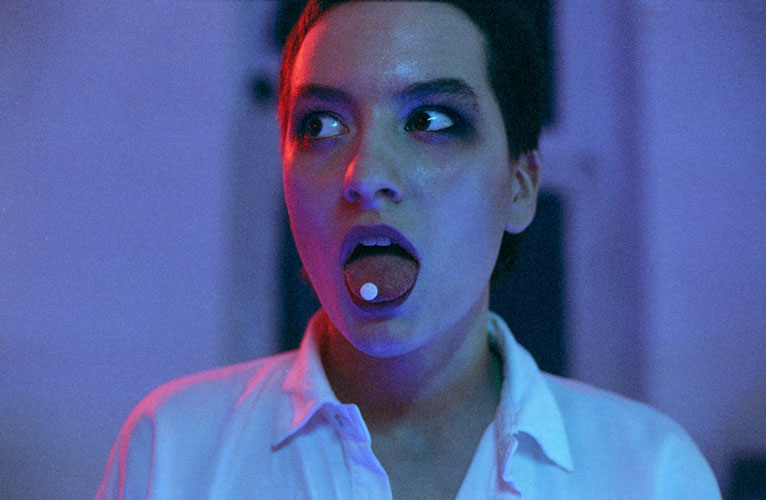
 Q: So how was shooting this adaptation, in stills, on film, in 2 days?
Q: So how was shooting this adaptation, in stills, on film, in 2 days?
So I shot it, I somewhat enjoyed the process, I usually do, and after the first day I realised how challenging the whole thing was, in the sense of how much there was to shoot. I had about 120 shots on paper and I’m trying to rattle through these in two days which is a challenge, but that was fine.
So the first day was good, I got everything I wanted, there was very little compromise but having that amount of time you’re working in a certain way and you cant fuck around, you haven’t got trained actors and you’re shooting out of sequence, so no one other than me knows where we are at any point.
I’m shooting this all on 35mm film, cinestill 800, and even the crew had realised early on that this was a tall order and we all had to really work. So the second day we had to go to Hamburg, so there was travelling time in the van, for me to think back on what I had shot, and yeah there were a few compromises here and there and things I didn’t think I’d got, but I could do some pick up shots and I was happy enough. I knew I had got some really nice stuff and some moments, I hoped.
So the second shoot was good, really nice stuff again and then I got all the film developed relatively quickly but I never looked at it. I just had a look at the negatives up against the window, saw some stuff was better than I assumed, some wasn’t. And then I put it all away for two or three months.
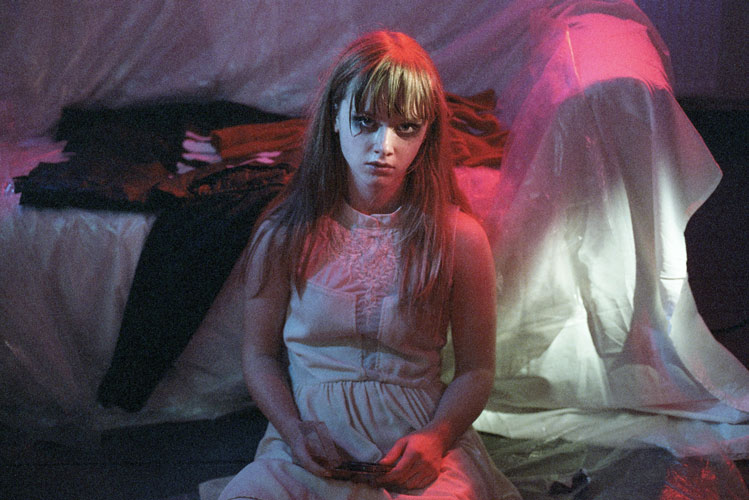
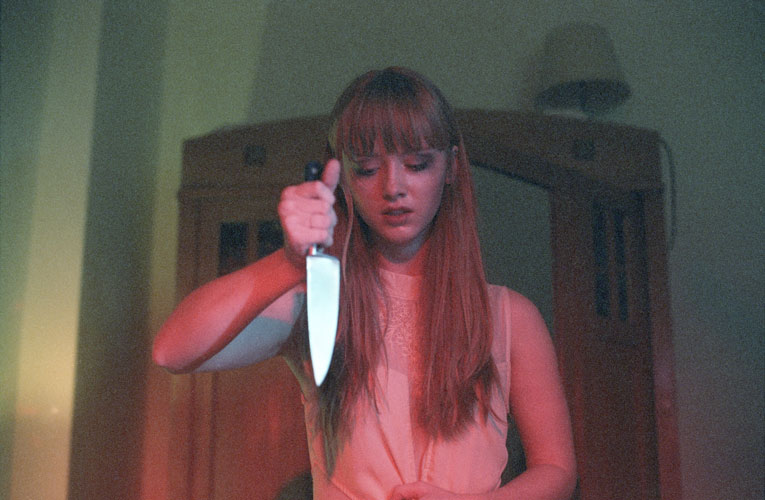
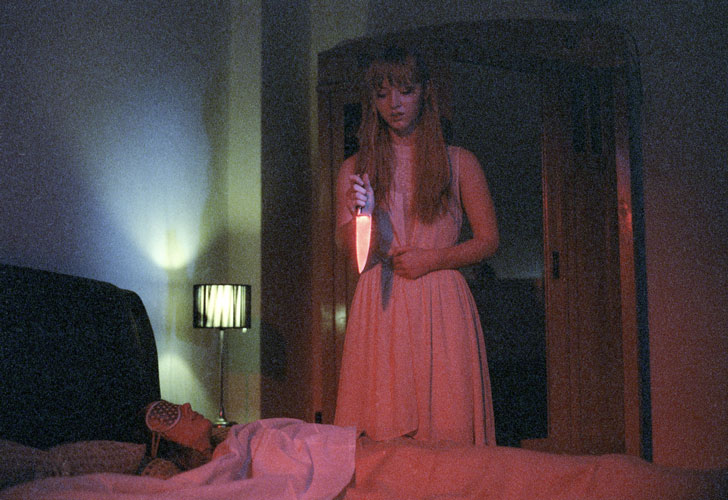 Q: So you left it and then what was the change or the realisation.
Q: So you left it and then what was the change or the realisation.
I got to the point of having to look at it (with someone else so didn’t have to do it alone) and flicking through those images, it feels like a film, but something was missing and I don’t know what it was, I’m probably being overly hard on myself and not seeing everything, but something didn’t sit right and I still had the end shot to shoot and suddenly my mind races back to this point where I think of this whole idea, the film, what it was born around. And it’s just a single image.

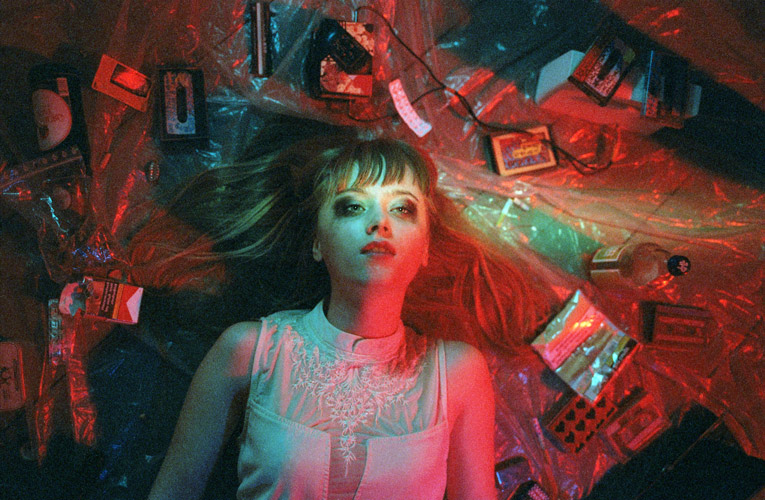
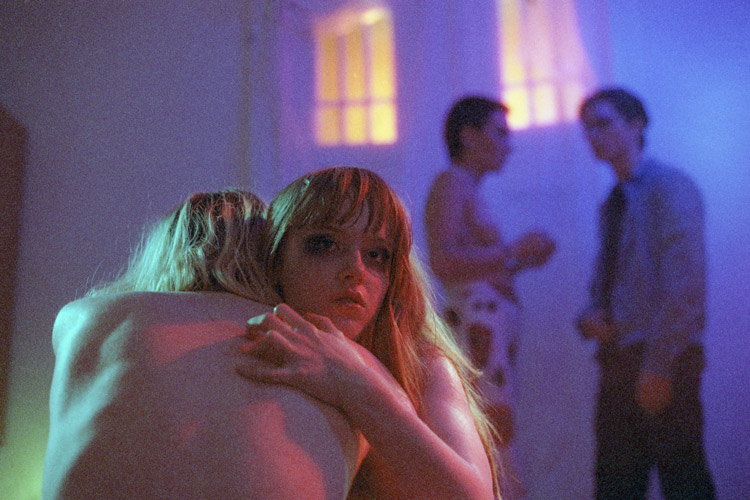 Q: So it’s not a series at all?
Q: So it’s not a series at all?
Somehow I have been crowbarring this image into things to try to make it work and not even understanding what it is until maybe this point, and then I think does this image even fit in this project, I’ve had to spend a hundred images to try and get to this one.
I become incredibly confused by all of this, but in the end I understand what I tried to circumnavigate is what photography is, everything it lacked as I looked at these images to properly scan them, is space. I didn’t need this idea of putting more narrative in there.
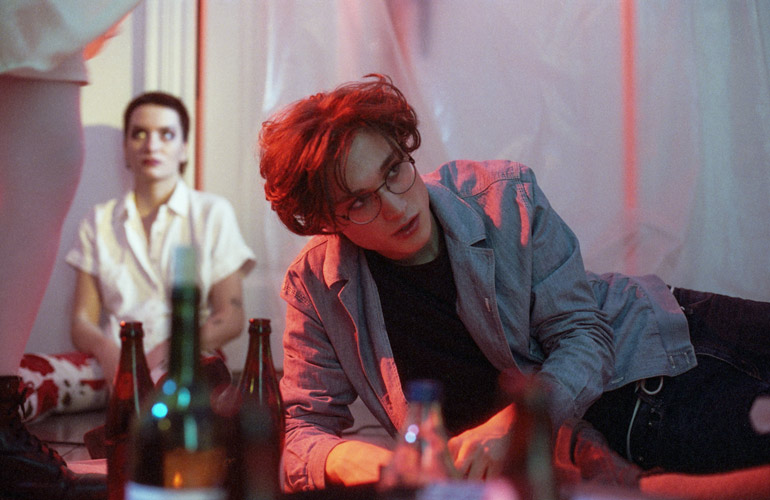
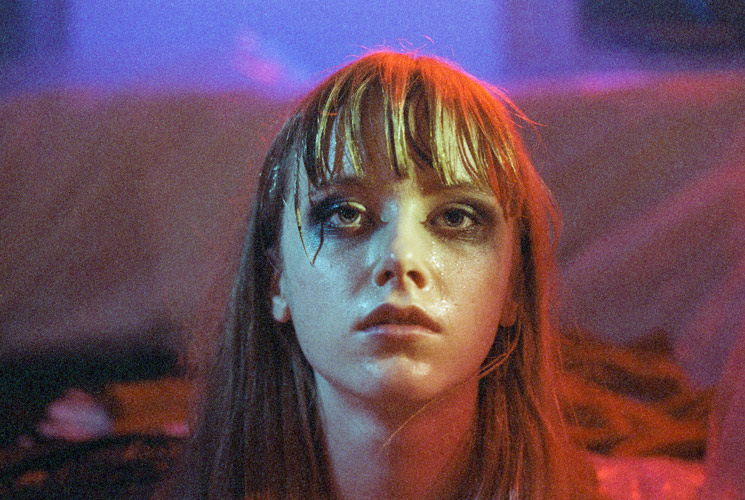
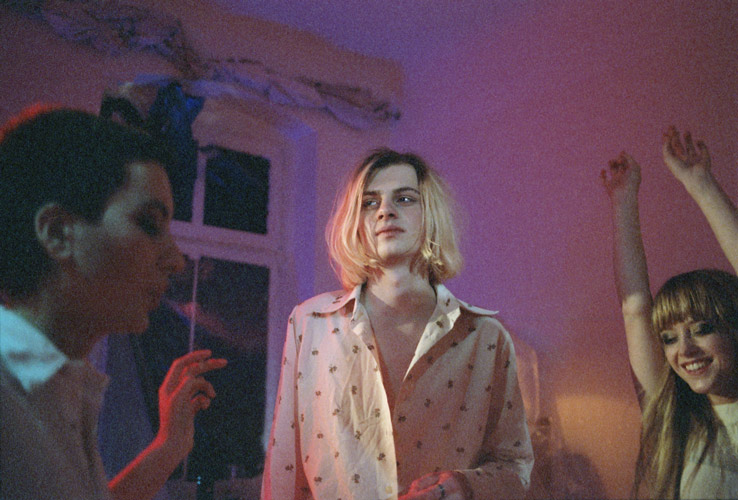 Q: So you’re a self taught photographer, was this a learning process you needed to go through?
Q: So you’re a self taught photographer, was this a learning process you needed to go through?
As an experience and what I had learnt from doing it, composition, lighting, I learnt loads, but all the images don’t stand alone. What I didn’t understand about my earlier work was the point of narrative. What I hadn’t been understanding is what people have been getting from my images; they are building the narrative and I had sort of taken that away nearly in this project, I was trying to dictate what you think.

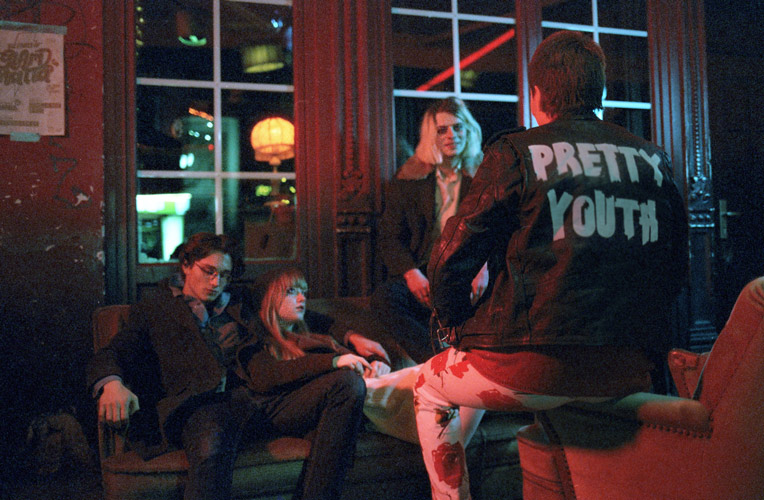 Q: So you had to do this to learn from it?
Q: So you had to do this to learn from it?
Its only through the process of understanding what the original image that inspired this is that I understand what my earlier work is about.
I’ve sort of gone round in circles and maybe what this is is unlearning a little bit and creating more space for the audience to have more narrative. In this project I’ve gone in and gone close and taken a lot of what the audience would read out, and for me it lacks photography, poetry, art, as a whole concept.
I don’t discredit the photography or the work or anyone who was part of it, and there are some images I really like, but I don’t think its valid as what my intention was. Or it is and I don’t understand it, just like I didn’t understand everything before.
But where I am now I feel has a little more clarity, but to be honest that’s how I felt when I began this project, I had to go through that to get to where I am know, but what I now know could be another series of events.
But that’s probably the point, there’s only learning left.
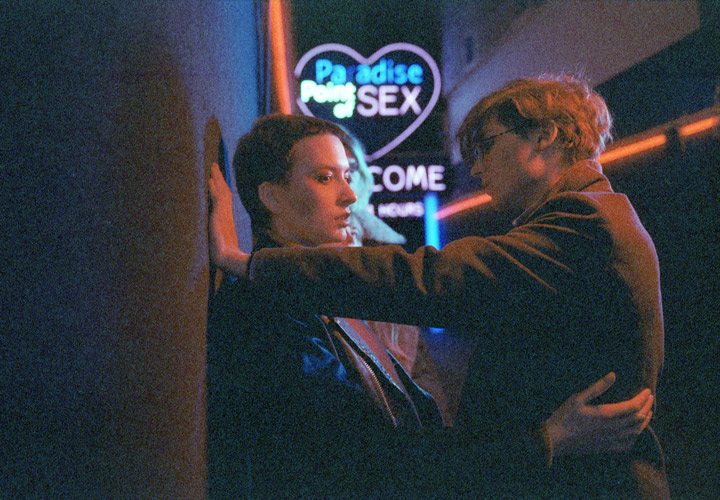
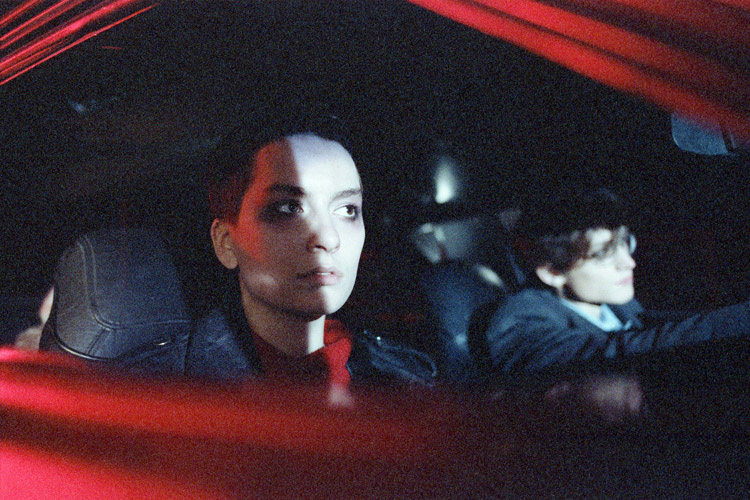
Q: So it’s all stepping stones in right direction, where does this all take you?
Well what’s left from this project is this single image, this very vivid thing that’s in my head that hasn’t changed ever. I’ve only changed it to manipulate the situation in order to execute it in one way or another, it think my mind was probably in music video mode where I bastardise everything to be something else and I don’t understand the purity of the thing because now it’s got to last three and a half minutes and the world cant cope with silence for three and half minutes so you cram everything into that space, and as a director that’s what I’ve taught myself to do or disciplined myself to do. And that’s what ss probably the unlearning form this.
The main thing coming out of this is I still have the key image and that becomes my next project, I have series of images, which are single images, that should exist in their own right as single pieces. They won’t need another hundred images to lead you to the punch line.
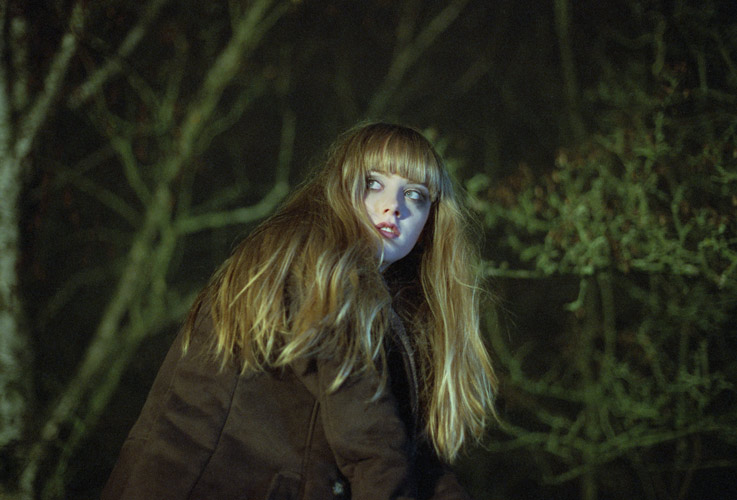

fin

